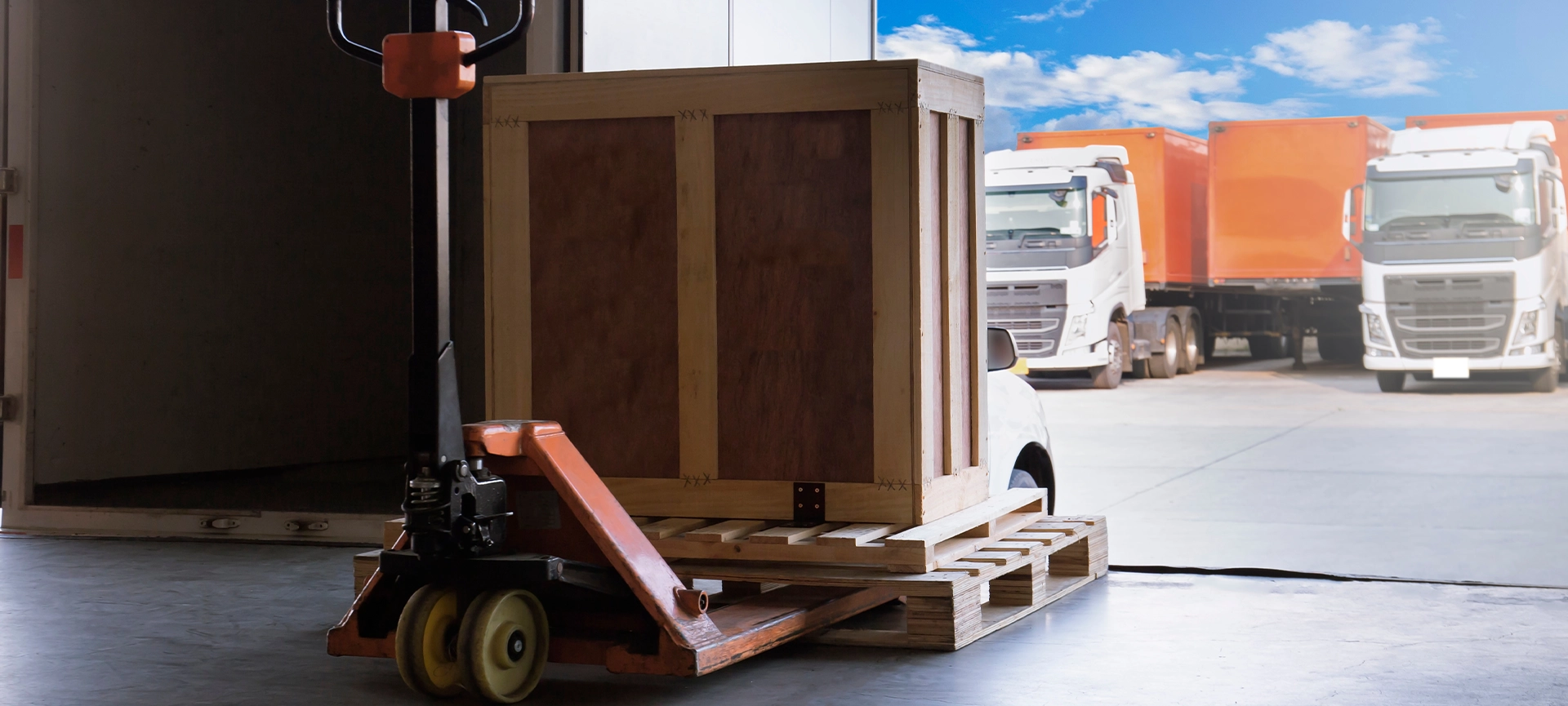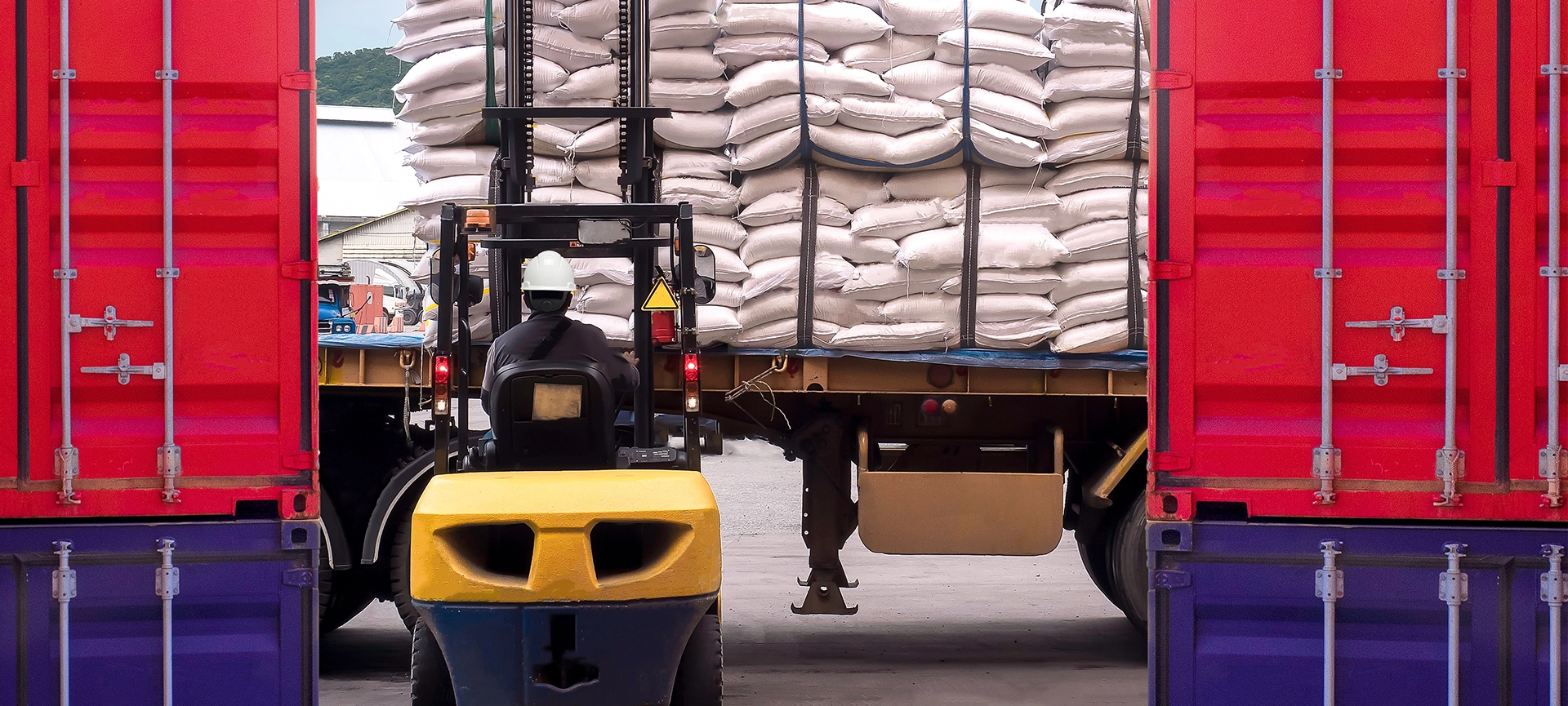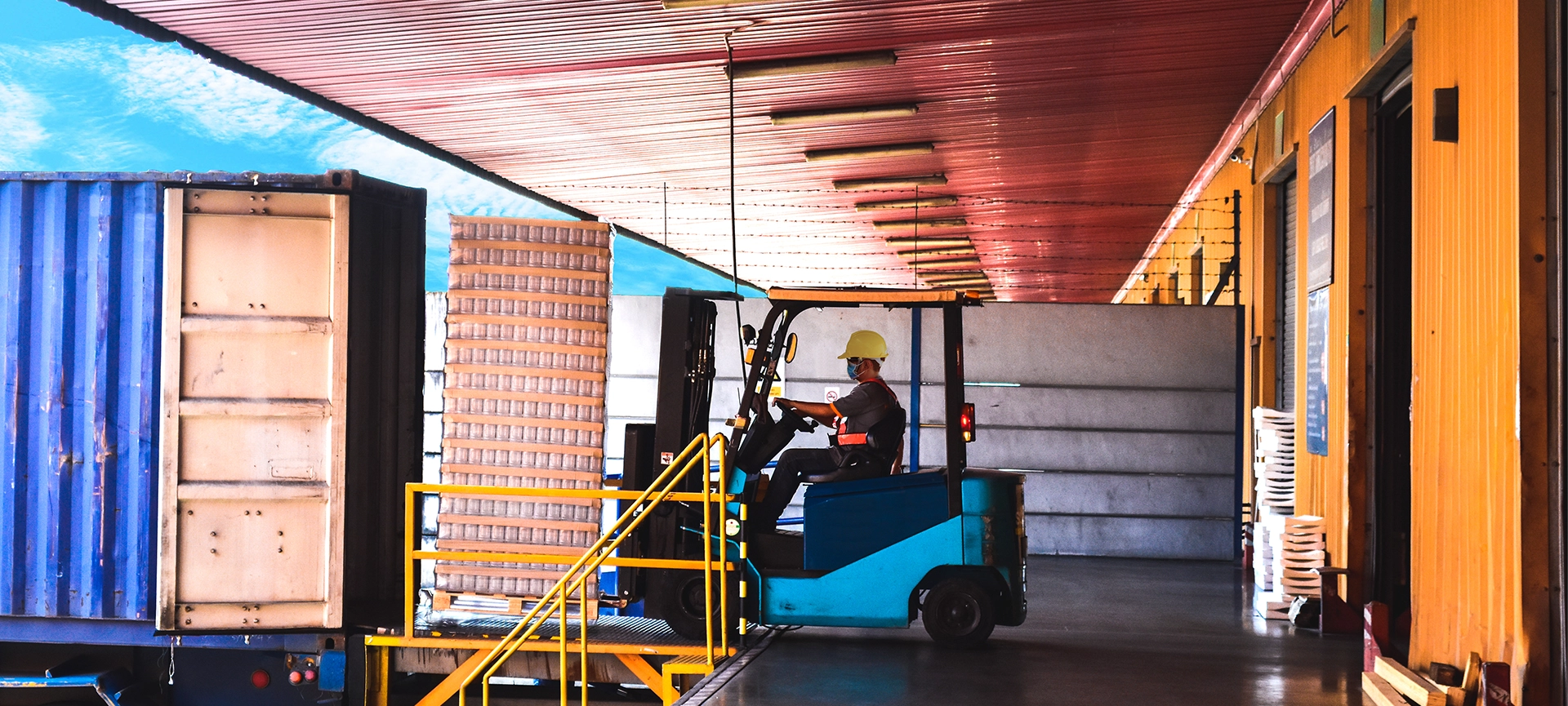What is a skid? The skid is the original load-bearing platform used in shipping and warehousing. Unlike pallets, skids lack a bottom deck, making them easier to drag and more cost-effective for certain applications. In North America, a common standard skid pallet size is 48 inches (1219 mm) in length and 40 inches (1016 mm) in width.
Understanding the distinctions between skids, pallets, and crates is crucial for efficient freight handling and storage. Each serves a unique purpose in the logistics chain, and selecting the appropriate platform can enhance operational efficiency and protect your goods during transit.
Skids: The Original Platform
Skids are flat platforms with a single deck resting on pedestals or legs. Their design allows for easy dragging, making them ideal for static storage or situations where mobility is essential.
Key Features:
- Design: Single deck without a bottom board.
- Mobility: Easier to drag due to reduced friction.
- Storage: Nestable design saves space in warehouses.
- Applications: Commonly used for heavy machinery or equipment that remains stationary.
In trucking and shipping contexts, skids are often referred to when discussing the base of heavy equipment or machinery. Their simplicity and cost-effectiveness make them a staple in many industries.

Pallets: The Modern Workhorse
Pallets have become the standard in freight transport due to their versatility and compatibility with handling equipment. They consist of both top and bottom decks, connected by stringers or blocks, providing stability and ease of handling.
Key Features:
- Design: Double-deck with top and bottom boards.
- Handling: Compatible with forklifts and pallet jacks.
- Stacking: Bottom deck allows for stable stacking.
- Standard Sizes: Commonly 48×40 inches (1219×1016 mm) in North America.
Pallets are essential in various shipping methods, including dry van freight, FTL, and LTL services. Their standardized sizes and durability make them ideal for transporting a wide range of goods across Canada and the United States.
Related Article: All About LTL Shipping in Canada
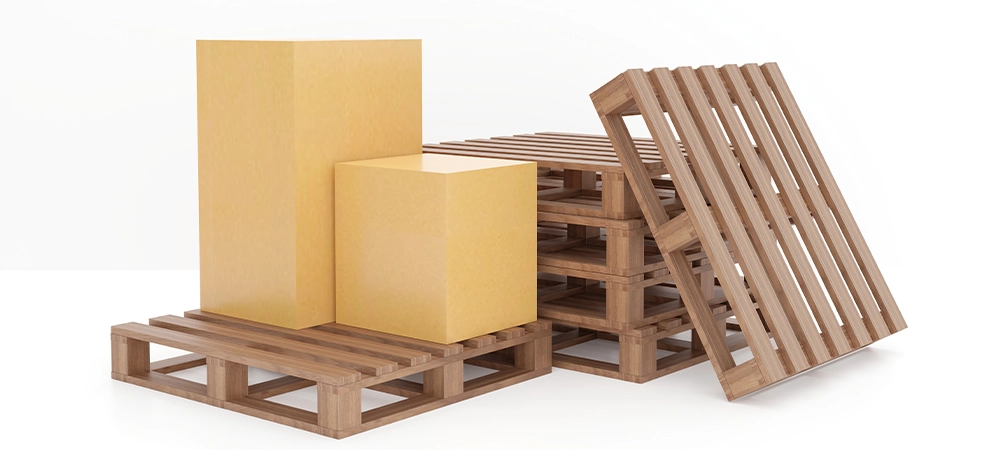
Crates: Maximum Protection
Crates are fully enclosed containers, typically made of wood or plastic, designed to protect goods during transport and storage. They offer the highest level of protection among the three platforms, making them the preferred choice for fragile, high-value, or precision items.
Key Features:
- Design: Fully enclosed with four walls and a solid base.
- Protection: Shields contents from environmental factors and handling damage.
- Customization: Can be tailored to specific product dimensions and weight limits.
- Applications: Ideal for delicate equipment, electronics, art pieces, or any shipment that requires maximum security.
Crates are often used in international freight, expedited shipping, and for transporting sensitive items that require more than just surface-level protection.
Understanding the difference between skid and pallet is essential when choosing the right platform for freight, as each option offers different benefits in terms of mobility, cost, and handling.
Related Article: How Long Does Expedited Shipping Take?
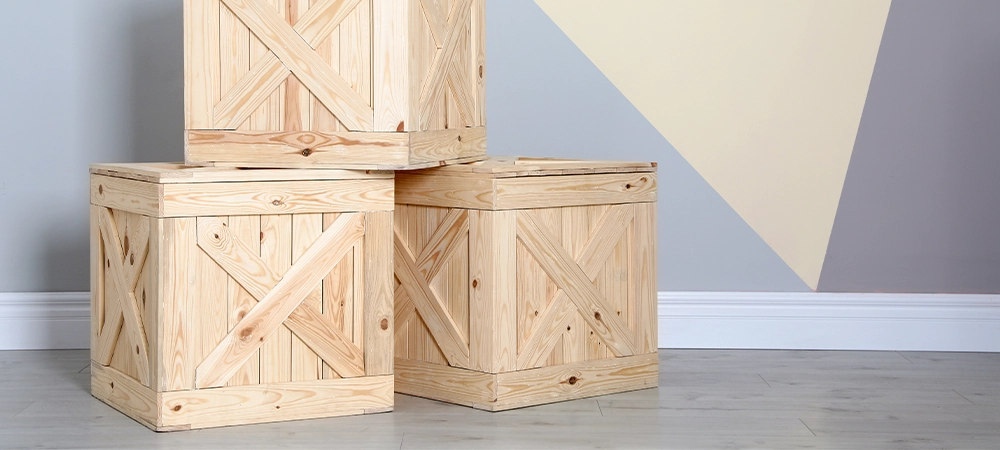
Comparison Table: Skid vs. Pallet vs. Crate
| Feature | Skid | Pallet | Crate |
| Structure | Single deck | Double deck | Enclosed box |
| Bottom Deck | No | Yes | Yes |
| Mobility | High (easy to drag) | Moderate (requires equipment) | Low (requires equipment) |
| Protection Level | Low | Moderate | High |
| Stackability | Limited | High | High |
| Typical Use | Static storage, heavy equipment | General freight transport | Fragile or high-value items |
| Cost | Low | Moderate | High |
If you’re unsure which option is best for your next shipment, working with a trusted shipping company like Roadlinx can help you make the right choice based on cargo type, handling needs, and delivery timelines.
Choosing the Right Platform
Selecting between a skid, pallet, or crate depends on various factors:
- Nature of Goods: Fragile items benefit from crates, while durable goods are suited for pallets or skids.
- Handling Equipment: If forklifts are used, pallets and crates are preferable.
- Storage Requirements: Skids are ideal for static storage; pallets and crates are better for stacking.
- Budget Constraints: Skids are cost-effective; crates are more expensive due to their protective features.
Understanding these differences ensures efficient and safe transportation of goods, whether it’s a local delivery or a cross-border shipment between Canada and the United States.
Applications in Warehousing and Shipping
In warehouse settings, the choice between skids, pallets, and crates impacts storage efficiency and inventory management. For instance, skid storage solutions are beneficial for heavy machinery that remains stationary, while pallets facilitate easy movement and stacking of goods.
In shipping, especially in flatbed freight operations, the platform choice affects loading and unloading times, cargo safety, and overall logistics efficiency.
Related Article: Why Warehousing and Storage Are Essential for Shipping Success
Efficient Shipping Starts with the Right Base
Understanding the distinctions between skids, pallets, and crates is essential for optimizing logistics operations. Each platform offers unique advantages tailored to specific shipping and storage needs. By selecting the appropriate platform, businesses can enhance efficiency, protect their goods, and ensure smooth operations across the supply chain.
For tailored freight solutions and expert advice on the best shipping platforms for your needs, trust Roadlinx. Contact us today for further queries.

